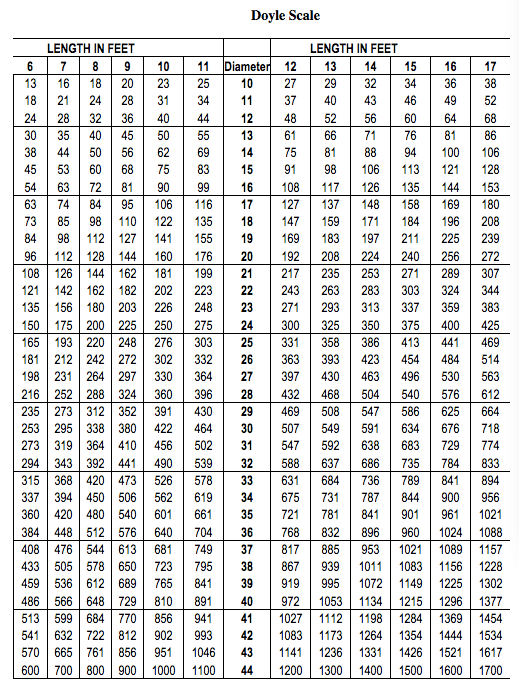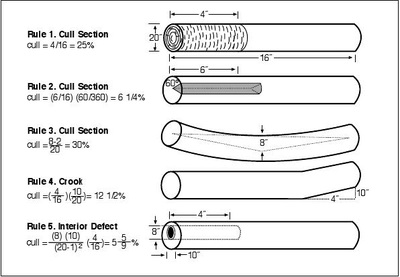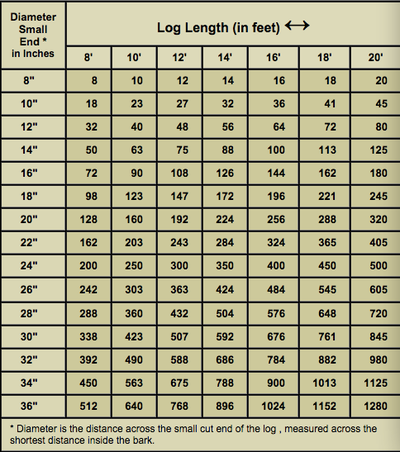- About
- Home
- Buying
- Doyle Scale
- Timber Trends
- Wood identify
-
Forestry & Environment
- About Ash Borer
- Timber management
- WWF: RESPONSIBLE FORESTRY ----TIMBER
- EPA: USA Forestry Facts and Figures
- Globalwitness: CHINA’S TIMBER TRADE IN A GLOBAL CONTEXT
- Chinese Government: Timber Trade and Investment Guideline
- Forestsmonitor:Environmental Impacts of Logging
- illegal-logging.info: Regulating trade >
- Blog
What is a Log Rule?
- About
- Home
- Buying
- Doyle Scale
- Timber Trends
- Wood identify
-
Forestry & Environment
- About Ash Borer
- Timber management
- WWF: RESPONSIBLE FORESTRY ----TIMBER
- EPA: USA Forestry Facts and Figures
- Globalwitness: CHINA’S TIMBER TRADE IN A GLOBAL CONTEXT
- Chinese Government: Timber Trade and Investment Guideline
- Forestsmonitor:Environmental Impacts of Logging
- illegal-logging.info: Regulating trade >
- Blog




